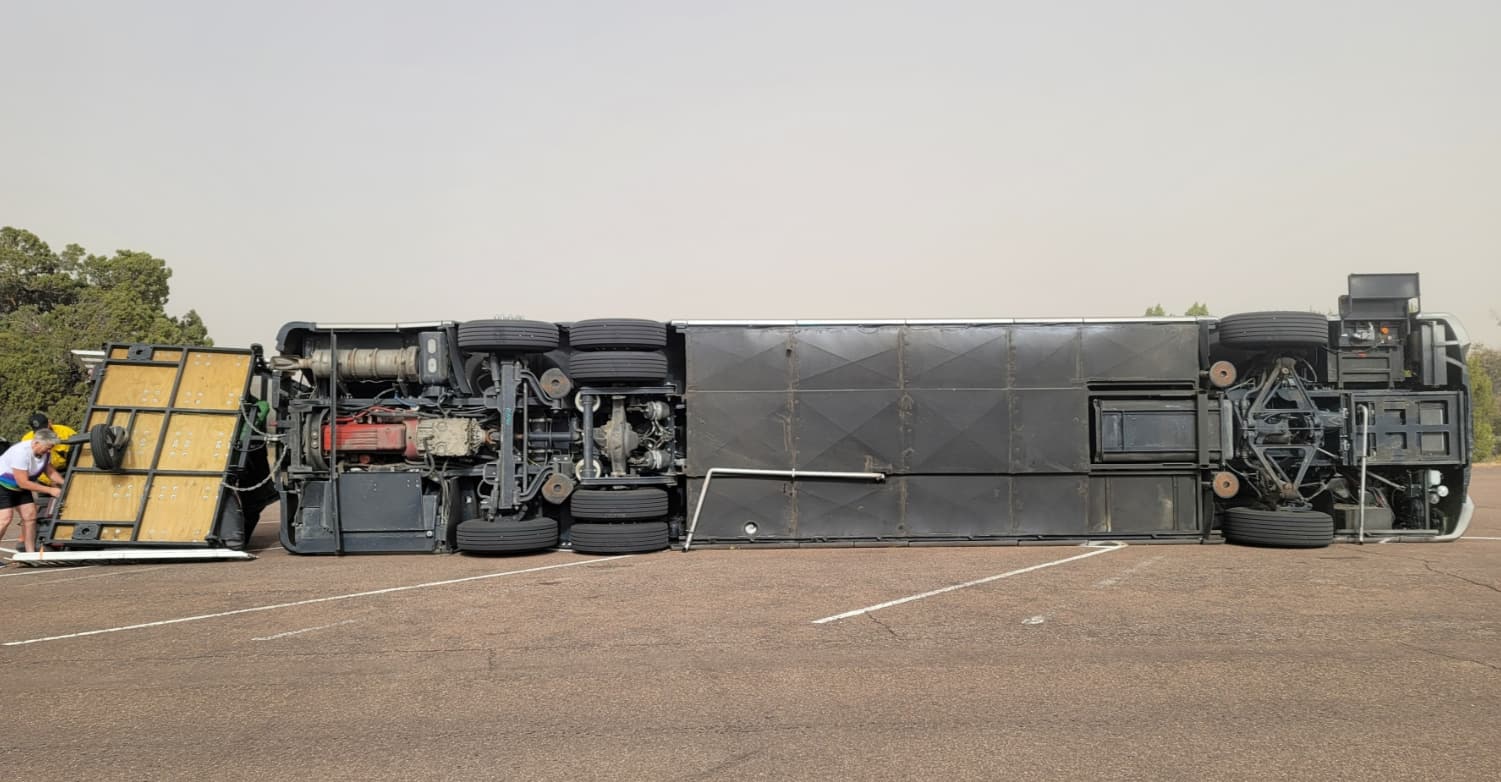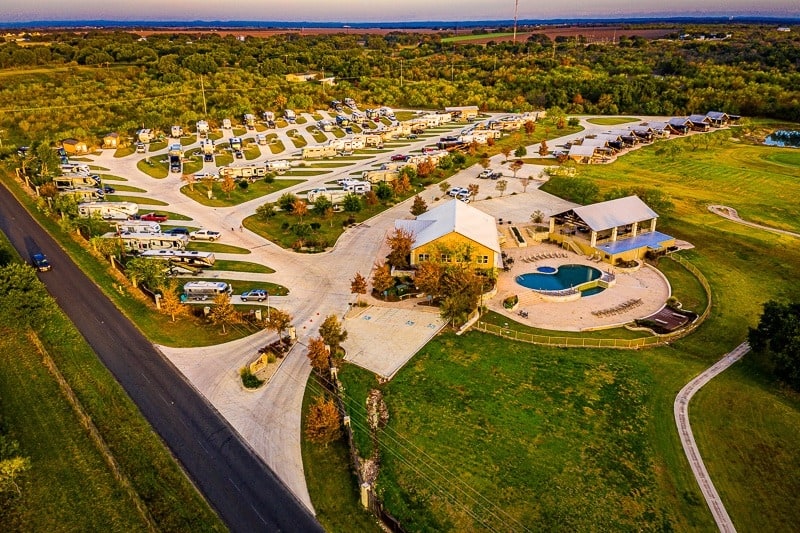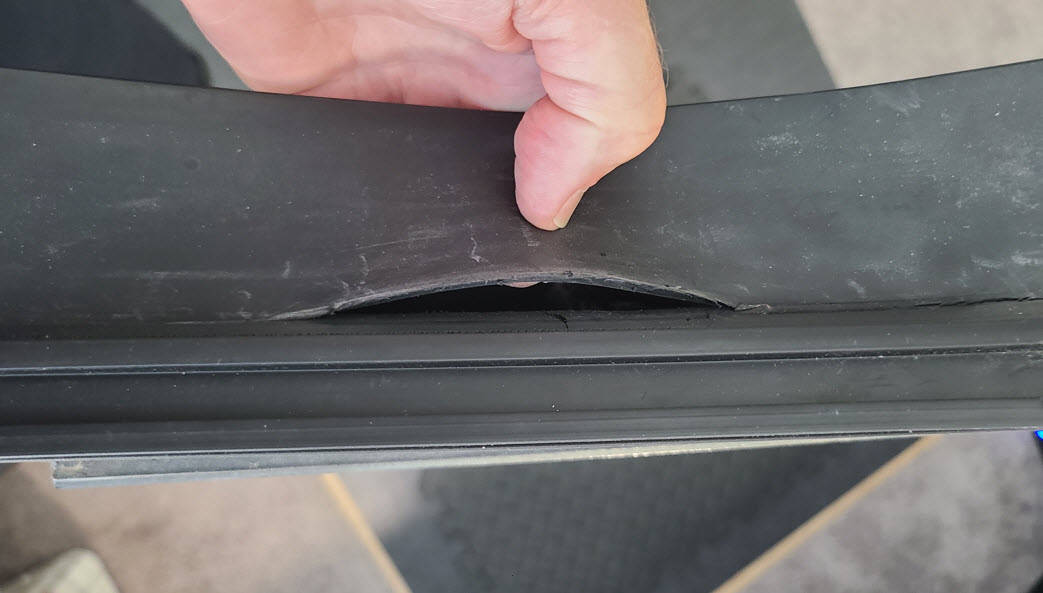Before you hit the road in your camper it’s important to learn how to load a travel trailer properly. In this post, I am going to share 10 tips to help you properly load all your gear into your camper.
#1. Know your travel trailers weight ratings
The first step in learning how to load a travel trailer is for you to know your travel trailers’ weight limitations. There are weight ratings that you should be familiar with such as GVWR (Gross Vehicle Weight Rating), UVW (Unloaded Vehicle Weight), SCWR (Sleeping Capacity Weight Rating), and CCC (Cargo Carrying Capacity). Your tow vehicle (SUV, pickup, etc.) has its own GVWR.
Keep in mind weight rating cannot be changed. These maximum allowable limits are set by the manufacturer when the unit is designed. Installed optional equipment is usually not part of the weight limitation right out of the factory so you’ll need to add those as well.
#2. Weigh Your Camper
Take your empty camper to a certified scale at a truck stop and weigh it. Write this number down so you’ll have it handy. Your GVWR minus, this weight, minus SCWR is your cargo carrying weight. For example:
- GVWR: 7500 lbs
- Weight of your empty camper: 5,500 lbs
- Sleeping capacity: 4 x 160 lbs: 640lbs
The cargo-carrying capacity is 1,360 lbs (7,500 – 5,500 – 640 = 1,360 lbs)
#3. Distribute weight properly
Anything and everything you load on your camper will need to be weighed and subtracted from your CCC. When you fill-up your tanks (water, fuel, propane) that too has to be considered. Liquids weights are as follows:
- Water: 8.3
- Gasoline: 5.6
- Diesel Fuel: 6.8
- Propane: 4.2
Place heavy items low or on the floor of your camper and lighter items higher. Make sure you do not overload one side over the other. Spread your load evenly along the entire length of the RV. The axle is usually where there is the heaviest load (appliances, slide-outs, water tanks, etc.) so place lighter items around this area.
#4. 10-15% of camper weight should be tongue weight
Tongue loads should not exceed 5% to 15% of trailer weight. This is very important since exceeding these limits will exert pressure on the hitch which will affect traction on the front wheels of your tow vehicle.
#5. Install an equalizer hitch
An equalizer hitch helps to redistribute the weight of the trailer over the entire tow vehicle. Here is a selection of equalizer hitches on Amazon.
#6. Use sway controls
If you distribute your load properly chances are you won’t need sway controls. However, it won’t hurt to have sway control on your camper. I wrote an article where you can learn more about travel trailer sway.
#7. Pack items that can perform double duty
For example, instead of loading multiple cooking pots, you might find one that can do the job of two or three of them.
#8. Use a bathroom scale to weigh boxes
As you load stuff into your camper, fill cardboard boxes and then weigh them on your bathroom scale before placing them in your RV. You’ll have a pretty good idea of how much weight you are adding to your camper.
#9. Weight your camper after its loaded
Once your camper is loaded go back to the truck scale and see what your weight is now. You want a nice cushion of weight capacity. If you do have it you are good to go.
How To Load A Travel Trailer Summary
Properly loading your travel trailer involved being aware of your camper’s weight limitations. The tips provided above should help you load your camper properly and make your trips a safe one. In addition to following the tips above make sure your equipment is in good condition.
Check your equalizer hitch, sway bars and ensure your trailer brakes are working properly. So now you know how to load a travel trailer.
Some of these tips are useful for tent trailers as well.
Please note: The information provided here is not meant to substitute for formal and individualized advice from a qualified professional.
Sources used in this article:



